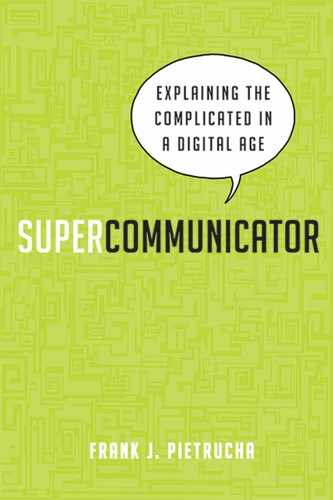The Power of Personalization
How much money does your doctor take from pharmaceutical companies? Fortunately, my general practitioner's practice only received $750 in 2010 and another $750 in 2011. But there are many other medical professionals who make a hefty sum pushing pills from drug companies. A Nashville psychiatrist, for example, earned over a million dollars since 2009 chatting up products from four different pharmaceuticals to thousands of medical professionals at lectures.2 It's a nice addition to his financial portfolio, but not an entirely ethical action, as he never divulged his financial relationships with the four companies.
I learned how much money my doctor's practice received by using a “news application” called “Dollars for Docs” built by ProPublica, a newsroom that prides itself on producing important stories with “moral force.”3 The web-based outlet's success is largely owed to its news applications, which offer the public an interactive experience with data. I visited http://projects.propublica.org/docdollars/ and entered the name of my doctor and my state. Within seconds I was able to learn what money my doctor received. I was relieved when I saw it was only $750—a sum not worth getting upset about. But if I found that he earned tens of thousands of dollars…I may have had to question his ethics. I don't want the person who's charged with looking after my health possibly prescribing medication based on gifts from drug companies.
Scott Klein, ProPublica's editor for news applications, says tools like Dollars for Docs are becoming increasingly popular because they help personalize the news. News apps help you “attach what you know to what you don't know,” he says. By looking up your doctor you become connected to the larger story. “We think a lot about behavior design,” Klein adds, “about how we get users to understand the journalistic story we're trying to tell with data while also giving them the chance to explore the data themselves.” By giving users the opportunity to discover a personal connection to the story, ProPublica helps make the bigger issue more tangible. The user is now a part of the story.
The Washington Post's Dana Priest agrees. The award-winning investigative journalist says news applications help “bring [the story] into a personal space that's important because it makes the story more real for people.” In her critically approved report “Top Secret America,” she featured applications that let users investigate their proximity to intelligence gathering organizations. We'll learn more about Priest and “Top Secret America” in Chapter 31.
WHAT THIS MEANS TO YOU
Bringing meaning to audiences is the essence of effective communication. When producing any communication piece—whether it's on paper or digital—it's your job to make sure the content is relevant to the people who are on the receiving end.
I was taught an easy way to bring meaning to prospective clients at one of my first jobs. As a language center director with Berlitz International, I was trained on how to present information while “painting a picture” for prospective students on what their lives would be like with newly acquired language skills. If the people sitting before me could only imagine the benefits of the gift of a new language, goes the theory, it would be easier to convince them their investment would be well spent. We were taught how to sell using “fact” and “benefit” statements. First you tell them a fact (our language programs are fast) and follow it up with a benefit (that means you will speak Spanish before you leave on your trip).
Think the phrase what this means to you the next time you're developing content or getting in front of a group. You don't have to utter or write those same exact words, just use that phrase to develop a benefits-oriented mindset. Get the audience to try to imagine how they would profit from whatever it is you're trying to sell them. Is there a way you can discreetly insert benefits into your statements? Can you figure out a way to make the features resonate by helping them see what your topic means to them? Consider these feature/benefit statements as examples:
- Amazon Web Service gives you access to Amazon's massive infrastructure. What this means to you is you can use their resources to get otherwise costly services on demand instead of building applications yourself. This will save your company money.
- NetJets offers charter flights for CEOs like you, who wish to avoid paparazzi or protestors. What this means to you is that your identity and destination will always remain confidential.
- The Toyota Prius gets 49 miles per gallon. What this means to you is that you'll not only spend less on gas, but you'll be doing less damage to the environment.
“But I'm not a salesperson,” you may be saying to yourself. You may not be selling a product per se, but you are selling an investment in someone's time and attention. So yes, you are a salesperson if you are creating content that needs to engage or influence. To hook your audience, think in terms of features and benefits. Ask yourself why they should care about the information you are to impart. If you can't think of a reason to include a piece of information, maybe you shouldn't include it.
Simple? Yes…but effective. Communicators need to spell out benefits for people on the receiving end. Hit them over the head with statements that help them understand what all the facts and figures mean to them. Don't leave it up to your audience to figure out your subject themselves. As smart as your audience may be, chances are they aren't doing the simple addition of putting together the ideas connected to your issue as thoroughly as you have. People pay attention when they comprehend there's something in it for them. Do your job and help them get to the “aha” point of realization.

